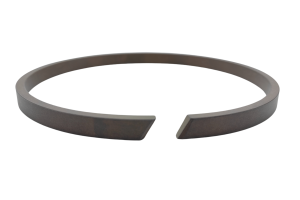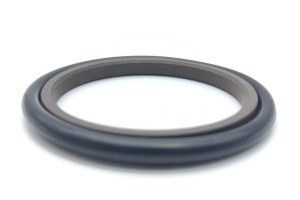As an important component in the hydraulic system, hydraulic seals seal and prevent leakage. However, during use, the seals may become too hard or difficult to install due to aging or hardening of the material. At this time, the seals need to be softened. This article will introduce you to several common, simple softening methods for rubber hydraulic seals.

Table of Contents
ToggleWhy do you need to soften hydraulic seals?
The hardness of new seals is too high, which makes it difficult to install the seals, low-temperature failure or initial leakage.
The seals fail to harden in low-temperature environments (such as engineering machinery operating in extremely cold areas). If the seal’s Shore hardness is too low, the seals will have poor pressure resistance and be easy to extrude and deform. Therefore, it is necessary to maintain the normal hardness and durable temperature of the rubber seals.
The old seals become brittle due to aging and need to restore elasticity.
4 Common methods for softening rubber hydraulic seals

Soften rubber seals with hot water
1. Prepare a large basin of hot water; the water temperature should be higher than the normal temperature.
2. Soak the hardened rubber seals in hot water for about 5 minutes.
3. Take out the rubber seal and gently pinch it with your hands. If it feels elastic, it can be used.

Soften the rubber seal with vinegar
1. Prepare a small bowl of vinegar.
2. Put the hardened rubber seal in the bowl and soak it for about 10 minutes.
3. Take out the rubber seal, rinse it with clean water, and use it after drying.

Soften the rubber seal with olive oil
1. Prepare a small bowl of olive oil.
2. Put the hardened rubber seal in the bowl and soak it for about 10 minutes.
3. Take out the rubber seal, rinse it with clean water, and use it after drying.

Heat treatment softening method
1. Heat treatment: Use a hot air blower, oven, and other equipment to heat the hydraulic seal. The heating temperature and time should be determined according to the hydraulic seal material and aging degree of the seal to avoid excessive temperature, which could cause the seal to burn or deform.
2. Natural cooling: After the heating treatment is completed, let the seal cool naturally to room temperature. This process helps to release the internal stress of the seal and improve the softening effect.
With the above four methods, you can easily soften the rubber seal and restore its elasticity and sealing effect. These methods are easy to implement in life, and you can operate them very easily, but you must pay special attention to safety when using them to avoid burns or accidental ingestion.
In actual use, it is recommended to regularly check and maintain the condition of the seal. If the seal is found to be damaged, replace the damaged seal in time to ensure the safety and normal operation of the equipment.







